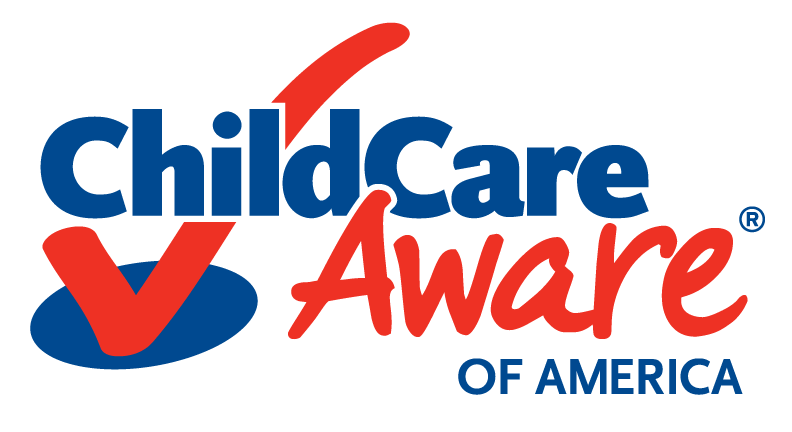The following is a sample agenda to help you structure your meetings or calls with your Members of Congress and/or their staff.

Decide on your format: Before you schedule a meeting, you must determine what kind of virtual event you would like to have your member(s) of Congress (or their staff) attend. Some examples include a virtual roundtable with a panel of parents and providers to share their stories and experiences. Kick off a Q+A session with a virtual screening— Child Care Aware® of America’s “Why Does Child Cares Cost So Much Yet Providers Make So Little?” is a short video that provides an excellent overview of the funding challenges facing child care. Virtual meetings can also take the format of a more formal legislative briefing or even a press conference. Having a diverse panel where constituents from the member’s state or district is particularly powerful. Consider including providers, parents, Child Care Resource and Referral (CCR&R) agency staff, and state administrators as presenters to provide different perspectives.
Once you decide on a format, it is equally important to determine which technology you will use for your virtual meeting. There are several video platforms that have their own unique features, like the ability to record meetings, provide secure logins, polling, break out rooms for discussion, and chat boxes for participants to ask questions. Consider having a strong host who has a good handle on the platform being used and can help manage the flow of the meeting.
Before you meet: Appoint a meeting facilitator to be responsible for keeping the discussion flowing and on subject. Unless you are part of an extremely large group, be sure every person has something to add to the discussion. Decide beforehand who will kick off your meeting, who will present the talking points, who will make a direct ask of the Member of Congress and/or staff, and who will take notes. You might also identify delegation members to take on speaking roles from other parts of the agenda. Use the following worksheet to assign roles and include talking points and your “ask” to stay organized in your meetings.
Tips for Creating an Agenda:
I. Thank the Member of Congress and/or staff for the meeting or call.
II. Introduce the members of your delegation.
Introduce all members of the group. If you’ve decided to have multiple people join your meeting or call, it may make sense to have someone facilitate the introductions. You should say your name, your organization and role, and where you live and work, so that the Member of Congress and/or staff knows you’re a constituent.
III. Tell the Member of Congress and/or staff about your organization.
It is important that the Member and/or staff understands the scope of your operations. Before you discuss policy issues, give a quick background about you or your organization and how you connect to the child care system (i.e., are you a parent, child care provider, or Child Care Resource & Referral staff?). Parents and providers can share about their personal experiences regarding child care. Child Care Resource & Referral staff can share more about the role these agencies play in the child care system.
IV. Share relevant materials.
Prepare any materials you may want to leave with the Member of Congress and/or staff. A one-page summary of your organization, the issues you plan to discuss, and the ask are great information in include. Ensure your contact information is included or staple a business card to the one-pager.
V. Introduce the policy issue you wish to discuss.
a. Stay on topic and present your messages on child care briefly and persuasively. Keep your talking points simple and focused.
b. Personalize the conversation by sharing your experience, or the experiences of parents and providers, as well as any challenges regarding child care in your community. Relating a specific story or challenge puts a face on the issue you are discussing so it “sticks” with the member or staff.
c. Back up your stories with facts and figures found in the resources to share.
d. Emphasize the needs around child care in your community or your state.
e. Be sure to prepare a two-minute “elevator pitch” in case your meeting is cut unexpectedly short. This is your quick pitch that summarizes your most important talking points and overall request, or your direct ask.
VI. Make a clear ask
a. Be very specific about what you want your Member to do, for example: “Can you commit to ensuring dedicated child care relief now and investing in child care in the future for the long-term rebuilding of the system?”
b. If you can lobby: ask the Member to cosponsor legislation, speak out or vote against a bill, sign a letter, or join a Caucus.
c. If you can educate: ask the Member to visit a website, read a report, visit a child care provider in your community or attend an event when it’s safe to do so.
VII. Thank the Member of Congress or staff again for the meeting and suggest how you will be following up to answer questions raised in the meeting or communicate about future issues. Grab a picture with the Member to share on social media if you can!



